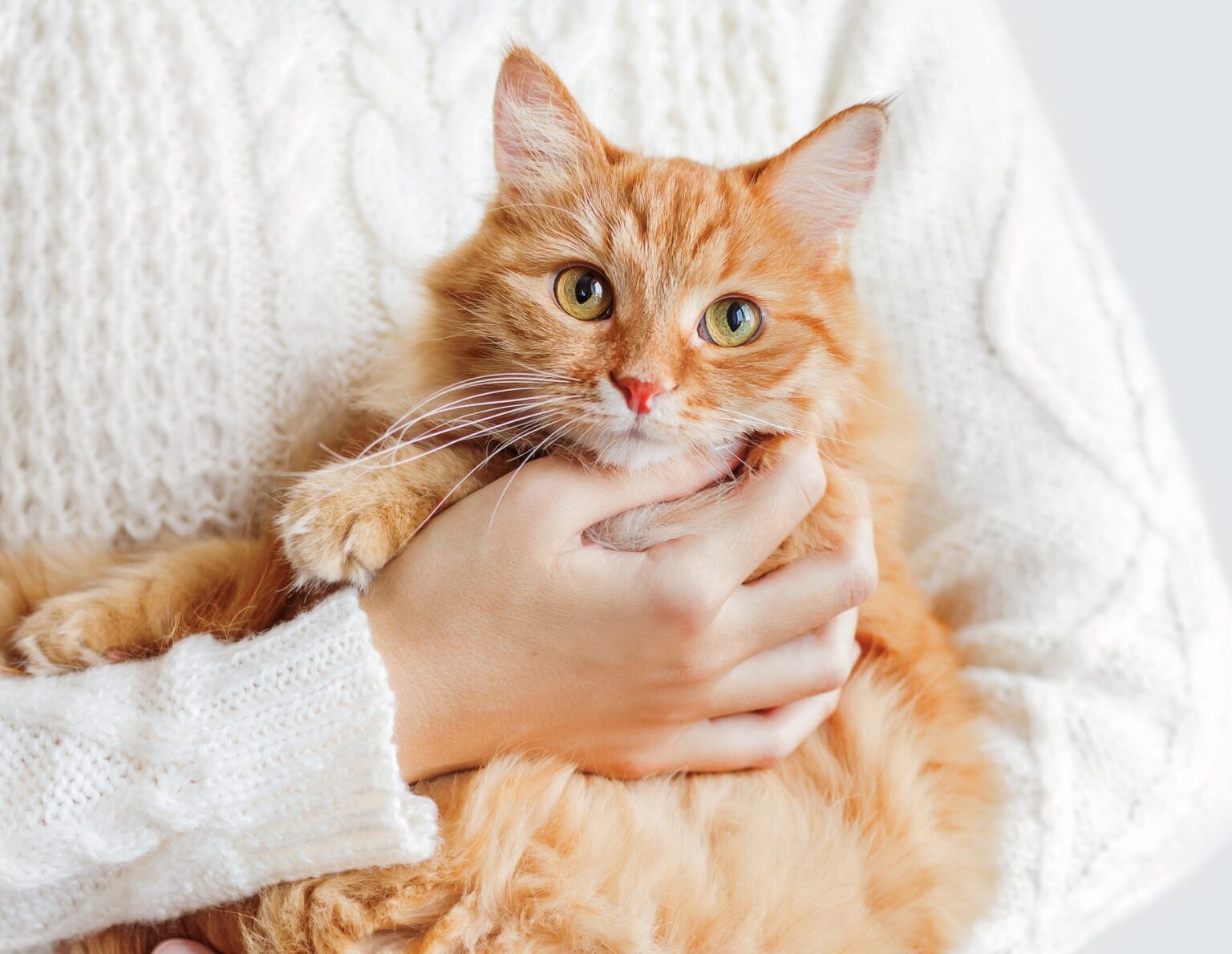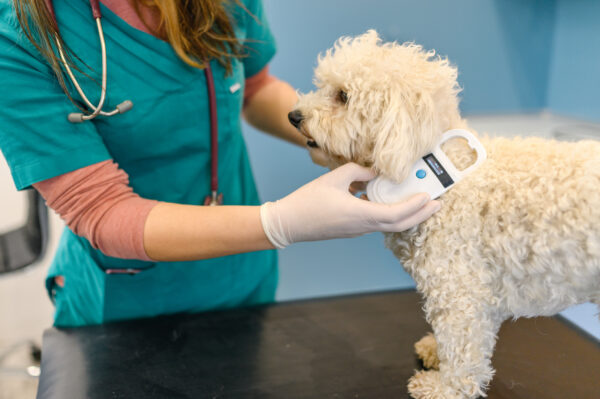Due to their nature as hunters, cats are incredibly adept at hiding disease and injury – a pivotal skill that would help them survive in the wild. And, what better reminder than National Cat Health Month, celebrated every February, to give your feline friend a health check? Here are some signs to keep at the back of your mind.
1. Increased thirst
This is the most important one to monitor, as although increased thirst may be due to many factors, it can be a warning sign of diabetes, infections or kidney and liver disease.
Kidney disease is a common problem in cats, so the best presents you could give your feline friend are a water fountain and biannual urine testing. The testing is easy to do at home: use a Katkor urine sampling kit in your cat’s litter tray to collect a sample, then take it to your vet asap (you may want to book an appointment first!).
Cat kidneys are amazing at conserving water, but all cats will suffer some degree of kidney damage as they get older, usually beginning around the age of seven. This is why good hydration is so important.
But what you need to look out for is any change in drinking behaviour: a cat fed mainly on dry kibble will usually drink more than a cat eating wet food, but any change from the normal level should be investigated.
2. A scruffy coat
As we know, cats love to keep themselves clean and tidy. If you notice an unkempt, dull coat or a general lack of grooming (especially towards the base of the spine) this could be a sign of early arthritis, a sore mouth, or general malaise. In any case, it’s always worth a visit to the vet.
3. Changes in eating behaviour
If you notice your cat eating less, this should be an immediate red flag – especially if it continues for 24 hours or more. Cats like their routine, especially when it comes to food, so any deviation could be a sign of pain or sickness, from toothache and infections to kidney or liver problems.
4. Weight loss
Getting into the habit of weighing your cat monthly will help you spot any changes. The easiest way is to stand on the scale, note your weight and then step on with your cat. The difference is their weight.
Look for any muscle wasting along the spine (you will feel the spine more prominently) or ribs that become more noticeable and palpable.
Of course, you may just have a sprightly cat who uses up more energy than they eat, but it could be due to a sore mouth, kidney disease, nausea or an overactive thyroid (in this case your cat will be eating well). Regardless, weight loss is not to be ignored and should be checked by a vet.
5. Sleeping more
This is tricky as cats are the masters of catnaps! However, they are also creatures of habit and tend to have a routine associated with when, where and for how long they will sleep. If you notice your cat is being lethargic or even sleeping when they don’t usually (such as when you get home or when you feed them), then something is not right and you should take them to your vet.
6. Open mouth breathing
Cats never ever breathe with their mouths open unless it is exceptionally hot outside, they have just exerted themselves greatly, or they are in a consultation room seeing their vet (i.e. stressed!). It is just not a normal thing for them to do if they are in their home environment. Let your vet know, as it could be a sign of heart or lung problems.
We know some of these scenarios are scary, but don’t worry if you notice any of these signs. Getting them checked out is always better – if only for your peace of mind.



